According to a recent report by the Ministry of Construction, after receiving information from localities, the whole country has only 475 social housing projects for low-income people and industrial park workers, with a scale of 432,698 units completed and under construction.
Currently, 46 projects have been completed with a scale of 20,210 units; 120 projects with a scale of 120,066 units have started construction; 309 projects with a scale of 292,422 units have been approved for new investment policies. With the goal of completing 1,062,200 social housing units by 2030, the current number of projects only meets about 20% of actual demand.
However, according to the Vietnam Real Estate Brokers Association, the development of social housing from 2023 onwards will continue to have more positive results with support from policies. This includes the passing of the Housing Law (amended), with many new regulations to remove difficulties for buyers and investors developing social housing projects.
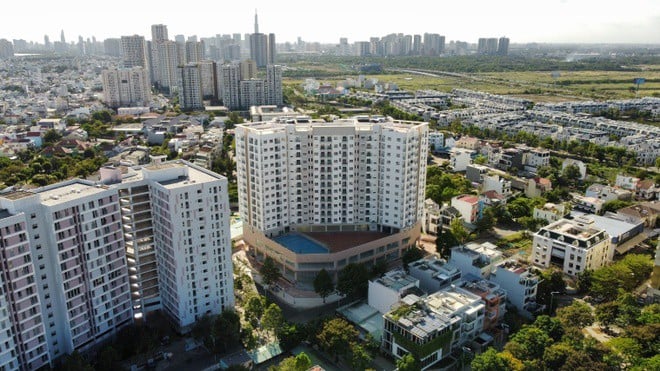
The low-income housing market promises to have a breakthrough in the coming period.
The passing of the Housing Law (amended) promises to create more attractiveness, attracting more businesses to participate in developing social housing in the coming period. At the same time, it also increases the accessibility of this type of housing for low-income people who have the ability and conditions to buy a house. In addition, investors developing social housing will receive a series of incentives with a more open mechanism. Among them, 20% of the social housing land fund will be under the planning responsibility of each locality.
This regulation not only solves the current shortcomings in land funds for social housing development for investors, but also benefits home buyers because through understanding information about people's needs and future socio-economic development orientations, localities will have housing development policies and allocate truly suitable land funds.
In addition, social housing investors will be exempted from land use fees and land rent for the entire land area of the project (except for the land area for investment in construction of business, service, commercial and commercial housing projects, accounting for a maximum of 20% of the total land area in the project) without having to carry out procedures for determining land prices, calculating exempted land use fees and land rents, and procedures for requesting exemption from land use fees and land rents.
Applying profit margins only to the social housing area will help investors gain more profit from developing social housing through the commercial area, which is a plus point, increasing the attractiveness for investors. In addition, the mechanisms and policies in the new law remove difficulties in the process of accessing for people when buying, renting, and leasing social housing, making the disbursement of the 120,000 billion VND credit package more convenient.
Many opinions say that although the new regulations will not come into effect until 2025, the innovations mentioned in the Housing Law (amended) will have a positive impact on market sentiment. Therefore, 2024 is expected to be a breakthrough year for social housing projects, meeting the actual needs of the market.
Source



![[Photo] General Secretary To Lam receives Japanese Ambassador to Vietnam Ito Naoki](https://vstatic.vietnam.vn/vietnam/resource/IMAGE/2025/4/3/3a5d233bc09d4928ac9bfed97674be98)

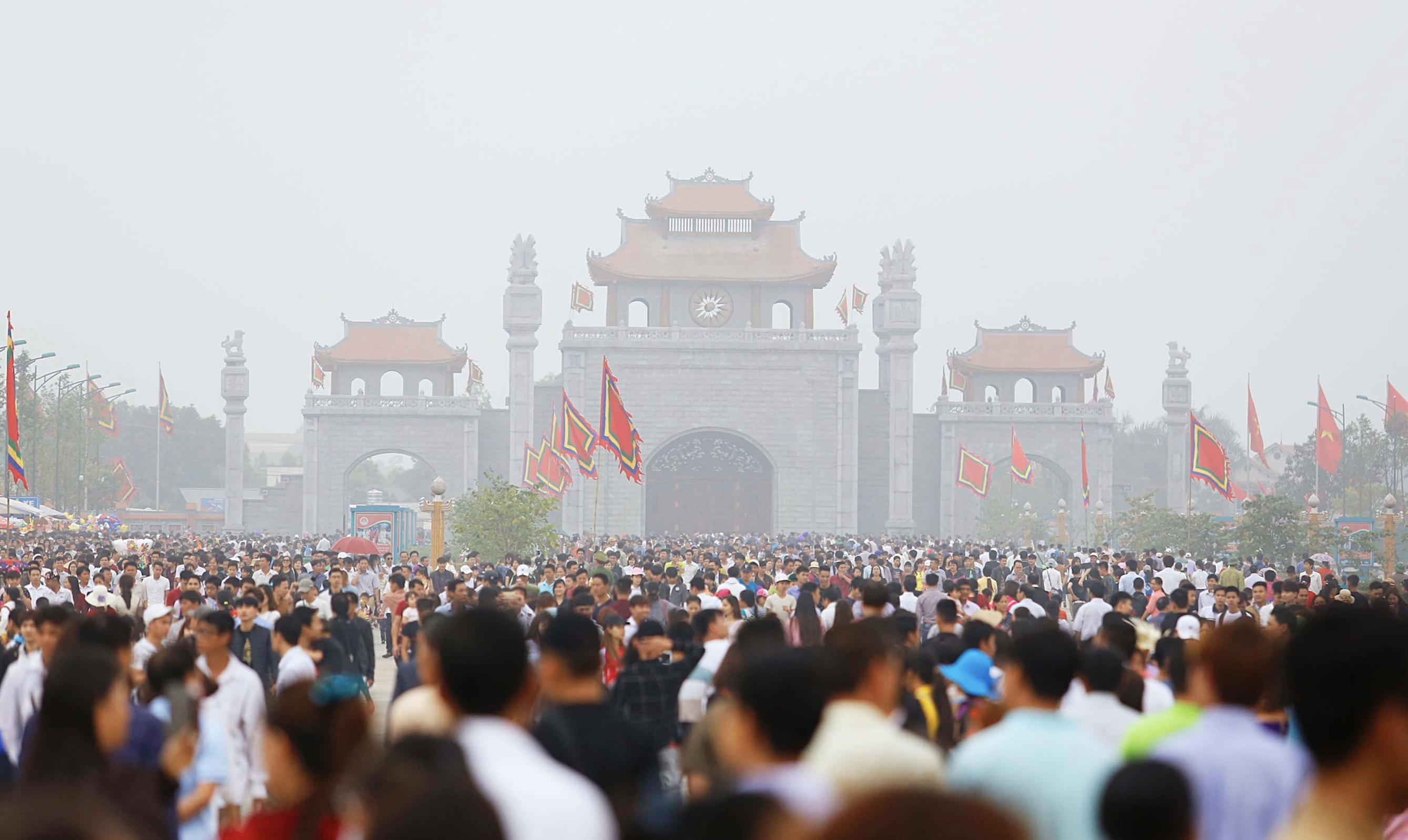
![[Photo] Moment of love: Myanmar people are moved to thank Vietnamese soldiers](https://vstatic.vietnam.vn/vietnam/resource/IMAGE/2025/4/3/9b2e07196eb14aa5aacb1bc9e067ae6f)
![[Photo] Special relics at the Vietnam Military History Museum associated with the heroic April 30th](https://vstatic.vietnam.vn/vietnam/resource/IMAGE/2025/4/3/a49d65b17b804e398de42bc2caba8368)


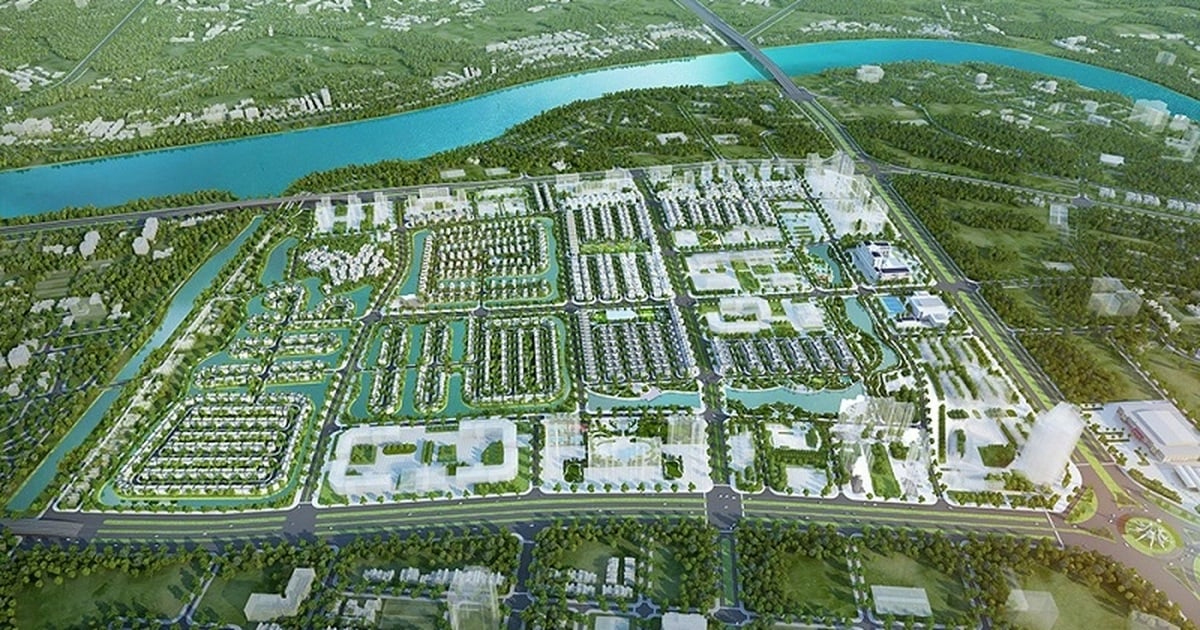

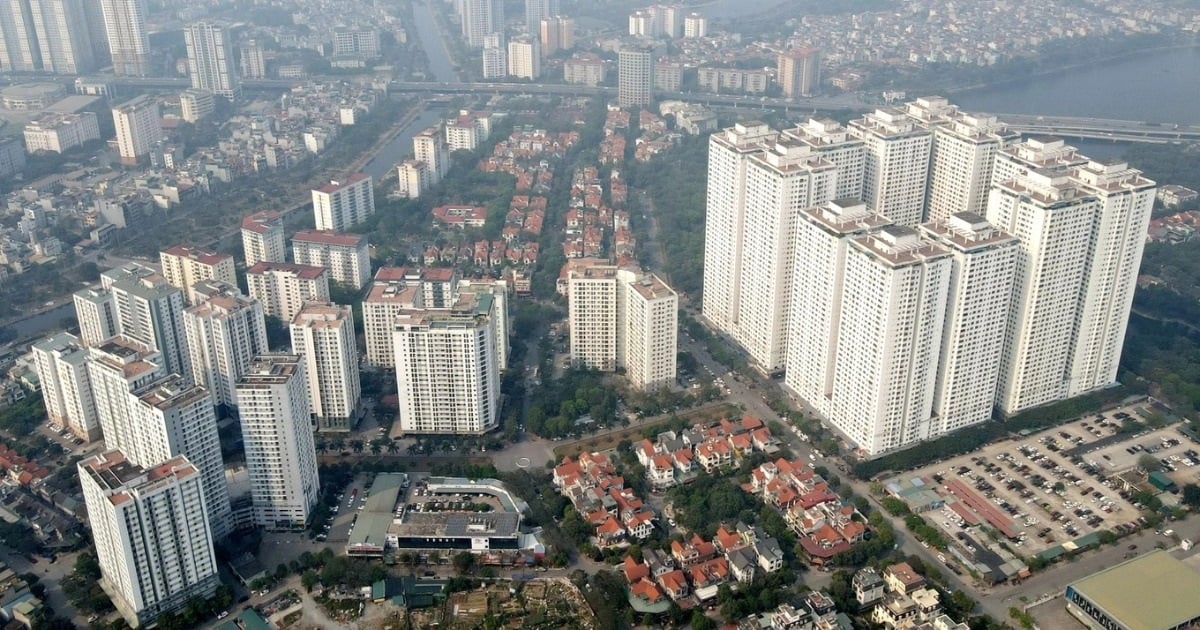
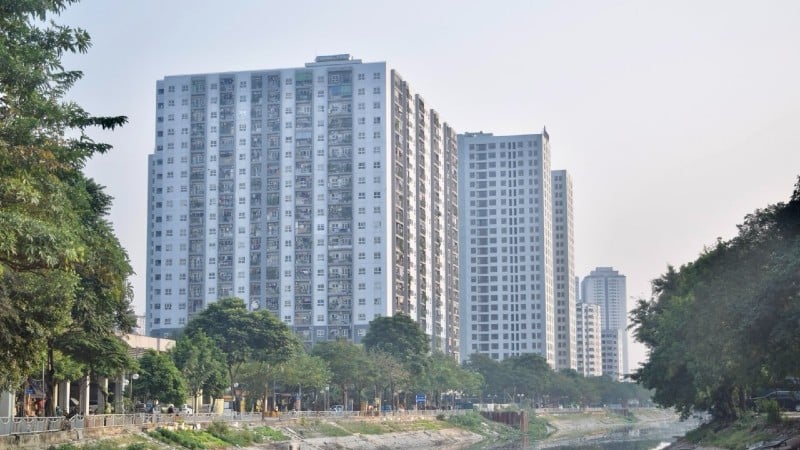

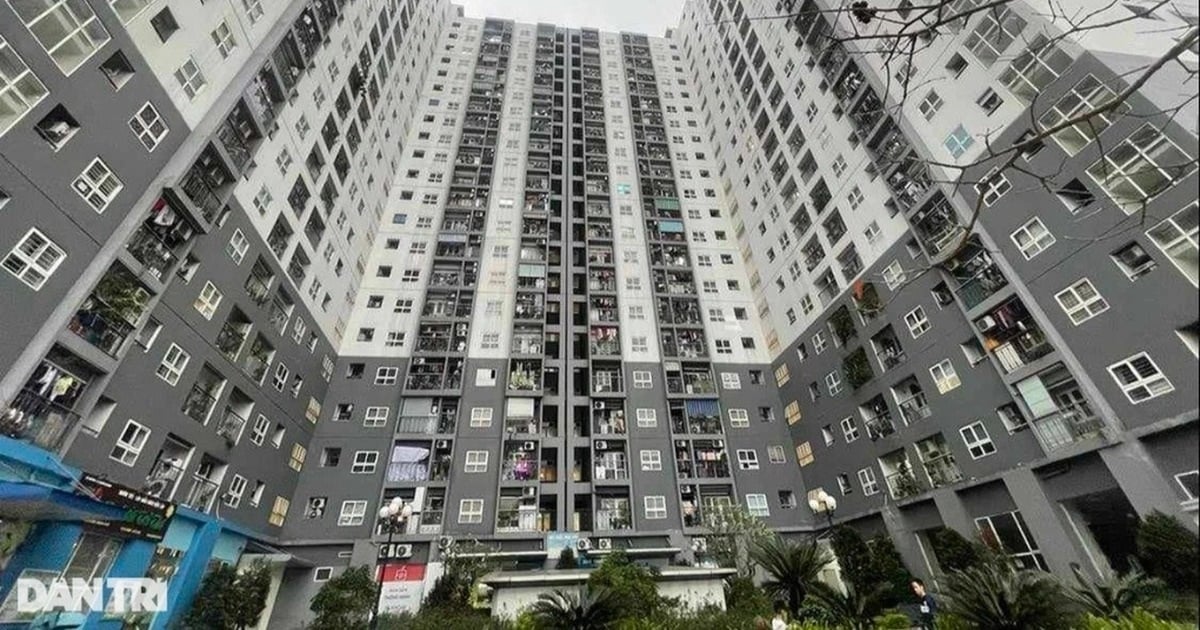
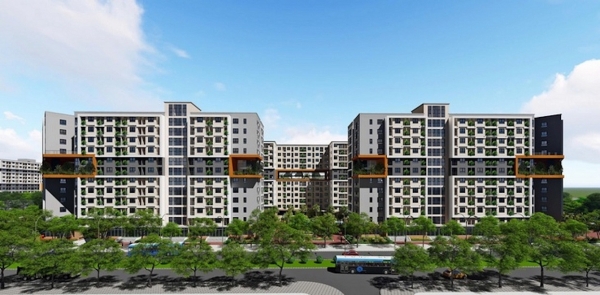
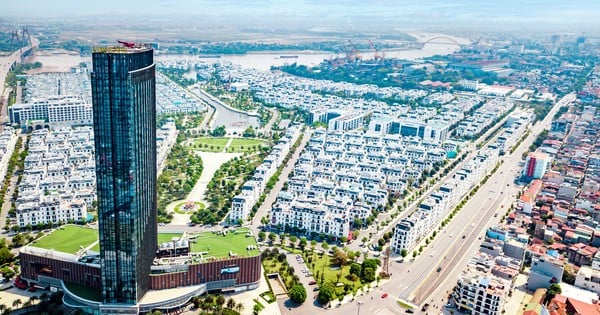
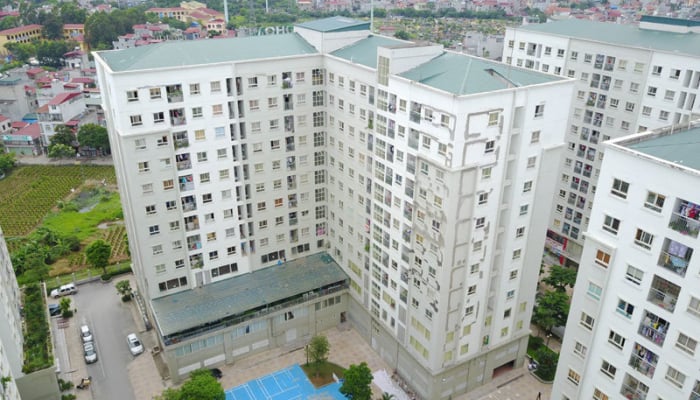
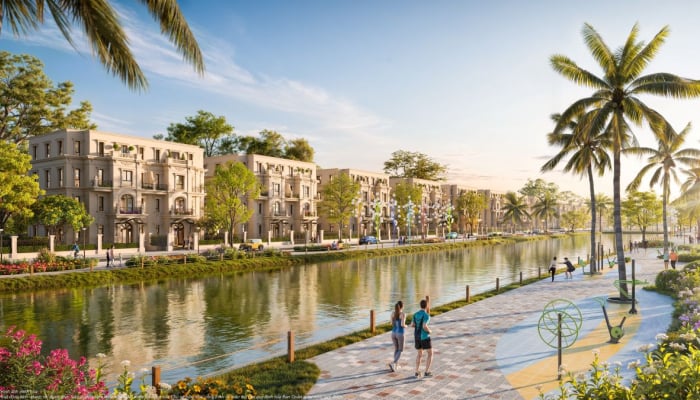
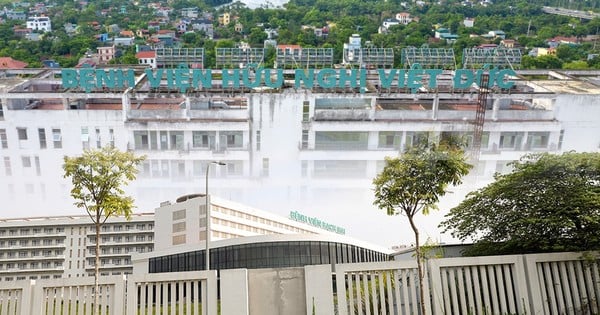
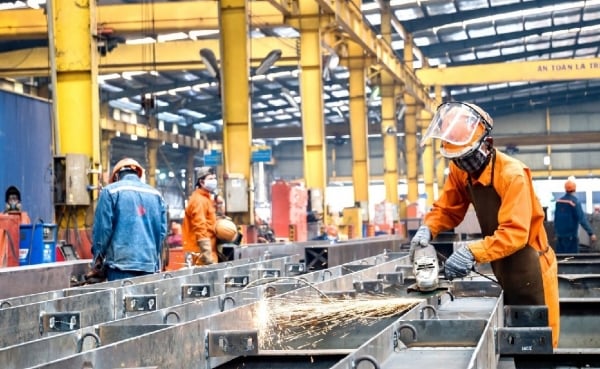
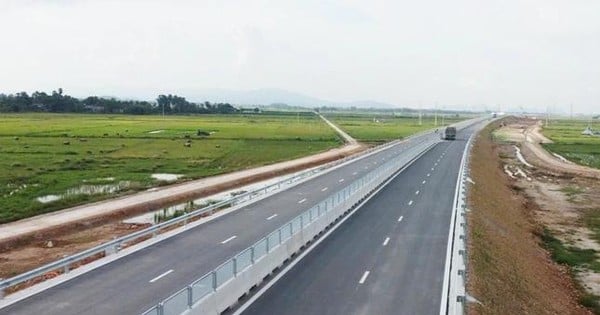








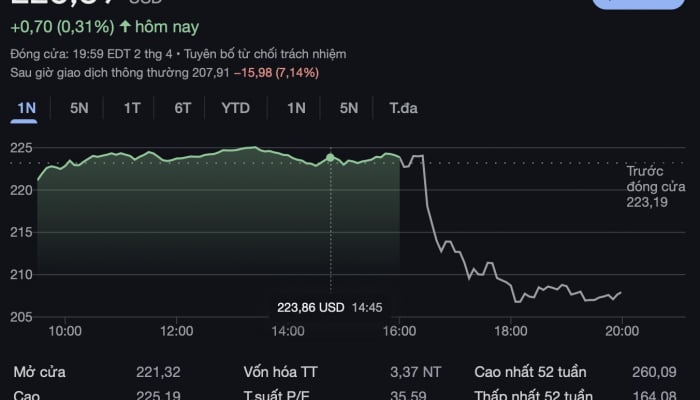







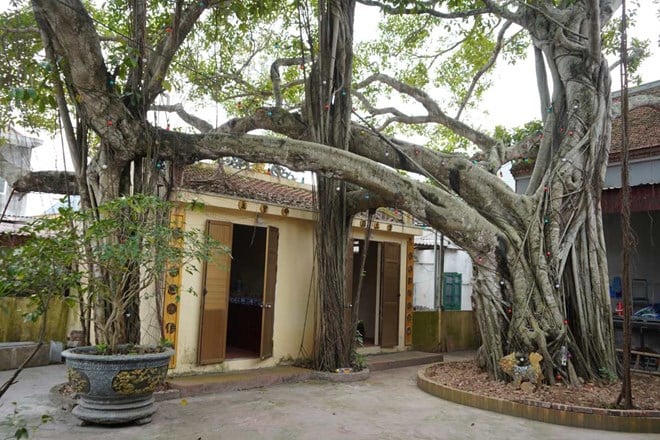






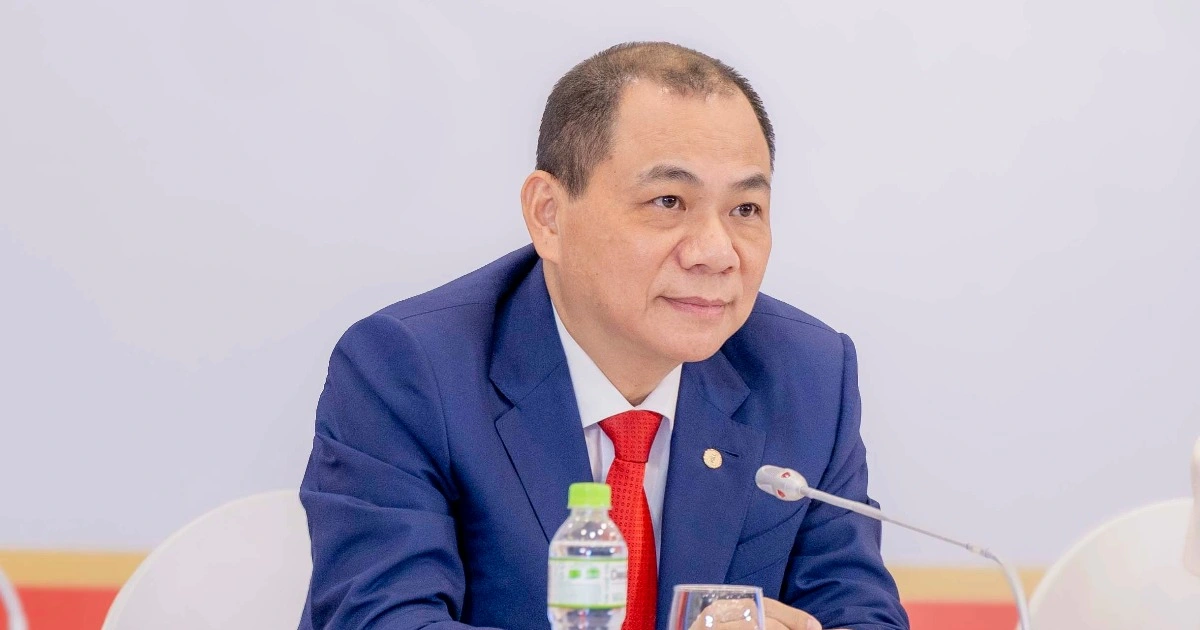














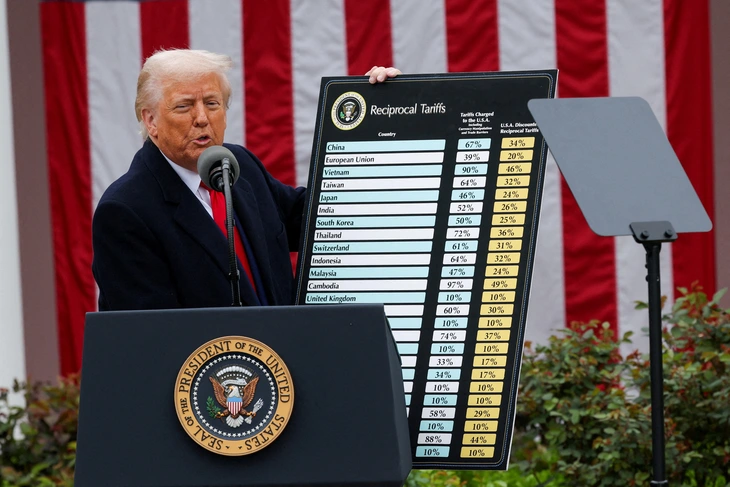







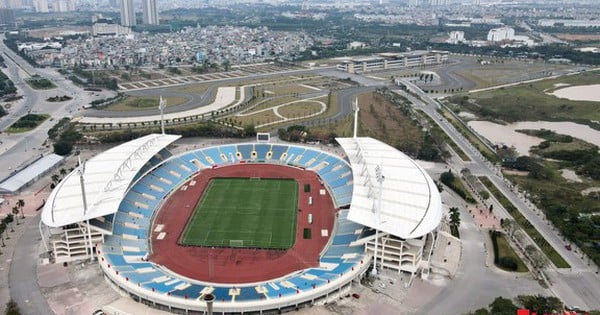




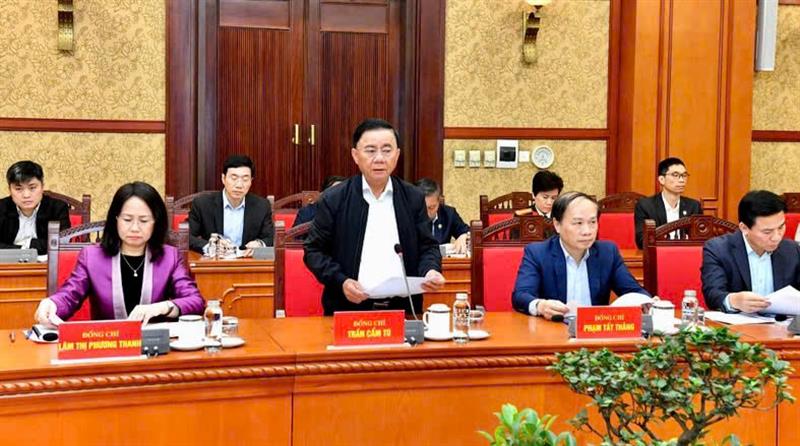

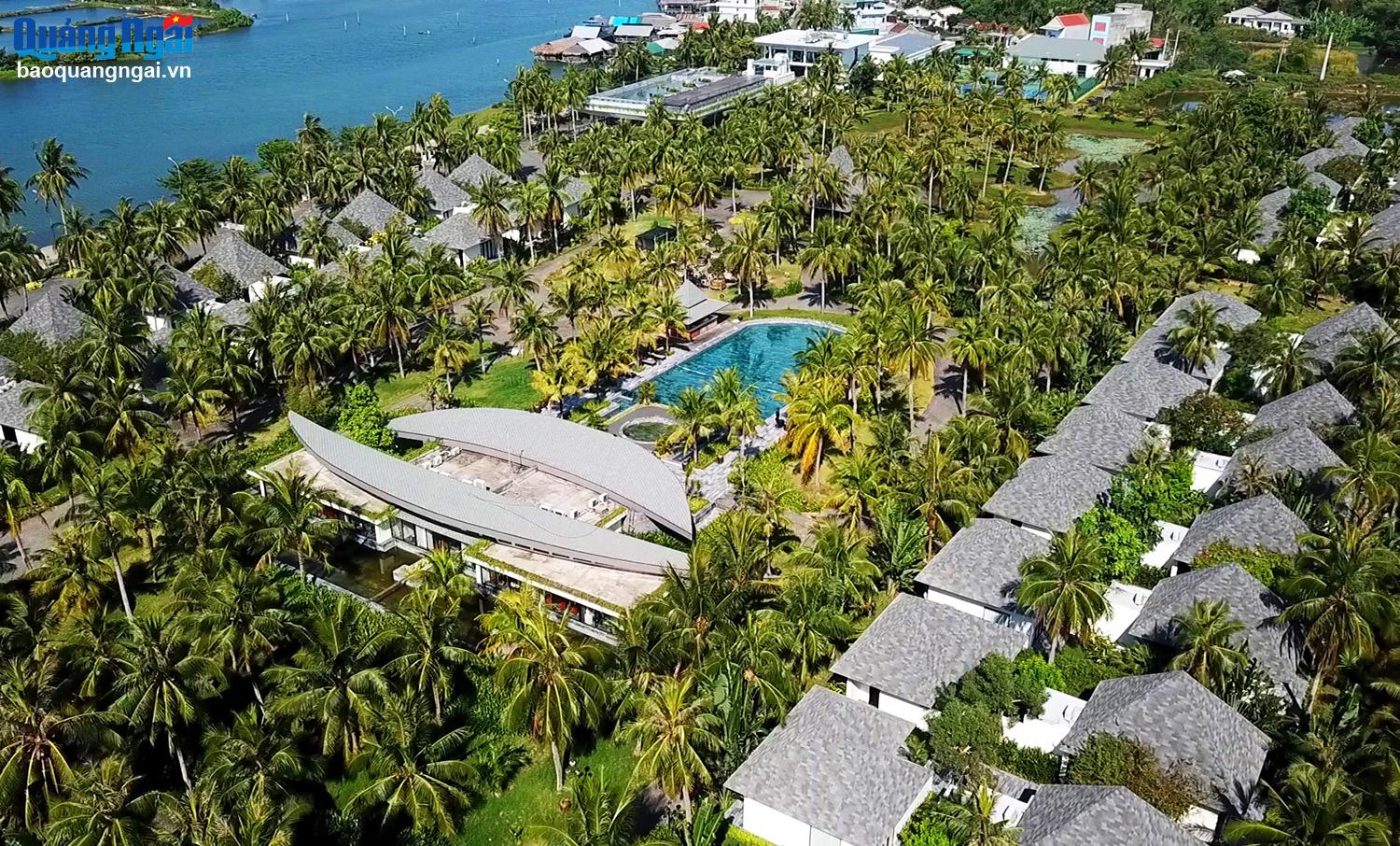

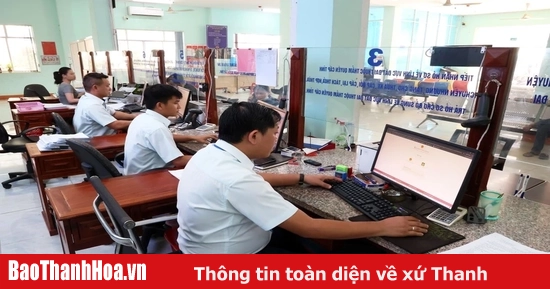

















Comment (0)